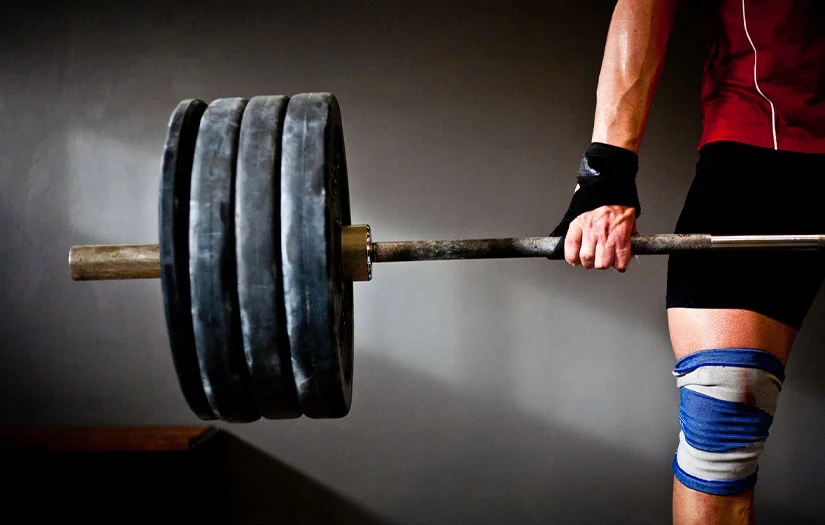Olympic weightlifting is more than just lifting heavy weights; it is a sport that combines power, speed, flexibility, and precision. Recognized worldwide for its technical demands and physical benefits, Olympic weightlifting has grown from ancient strength contests to a highly regulated Olympic sport that tests the limits of human performance.
Understanding Olympic Weightlifting
At its core, Olympic weightlifting involves two primary lifts: the snatch and the clean and jerk. Each lift requires athletes to move a barbell from the floor to overhead, but the methods differ significantly. The snatch is a single, continuous motion that demands explosive power and perfect timing, while the clean and jerk is a two-part lift that emphasizes both strength and technique. Mastery of these lifts requires not only physical conditioning but also a deep understanding of body mechanics and coordination.
The Physical Benefits of Olympic Weightlifting
Engaging in Olympic weightlifting provides a comprehensive workout that develops strength, speed, and mobility. The explosive nature of the lifts enhances fast-twitch muscle fibers, which are critical for athletic performance in many sports. Additionally, Olympic weightlifting improves core stability, joint health, and overall body control. Unlike traditional weight training, which may focus on isolated muscles, Olympic weightlifting emphasizes full-body coordination and functional strength.
Technical Precision: Why Form Matters
In Olympic weightlifting, technique is just as important as raw power. Small errors in form can significantly reduce lifting efficiency and increase the risk of injury. Coaches emphasize proper positioning, bar path, and timing to optimize performance. Olympic weightlifters spend years refining their technique, often practicing movements with lighter weights before progressing to maximal loads. Video analysis, flexibility work, and mobility drills are integral parts of the training process, ensuring that each lift is performed with precision and safety.
Training Strategies for Success
Olympic weightlifting training is multifaceted, combining strength development, technical skill, and conditioning. Athletes typically follow periodized programs that balance heavy lifting, explosive exercises, and recovery. Auxiliary exercises, such as squats, pulls, and presses, support the development of the muscles used in competition lifts. Flexibility training and recovery protocols, including stretching and mobility work, are also essential to maintain peak performance and prevent injuries over time.
Olympic Weightlifting in the Competitive Arena
Olympic weightlifting is a highly competitive sport with a structured progression from local meets to international competitions, including the Olympics. Athletes are categorized by weight class to ensure fair competition. Judging is based not only on the successful completion of lifts but also on adherence to strict technical standards. The sport has produced legendary figures whose strength, skill, and discipline continue to inspire new generations of athletes.
The Mental Game: Focus and Discipline
Success in Olympic weightlifting is not just about physical prowess; mental strength plays a crucial role. Concentration, resilience, and the ability to manage pressure are key components of elite performance. Lifters must approach each attempt with confidence, visualize success, and remain calm under scrutiny. The mental discipline cultivated through Olympic weightlifting often translates into other areas of life, teaching perseverance, goal-setting, and self-confidence.
Conclusion
Olympic weightlifting is a unique sport that blends strength, skill, and strategy. Whether pursued for competition, fitness, or personal growth, it offers unparalleled benefits for the body and mind. By emphasizing technique, conditioning, and mental focus, athletes can unlock their full potential, demonstrating that Olympic weightlifting is as much an art as it is a science.

